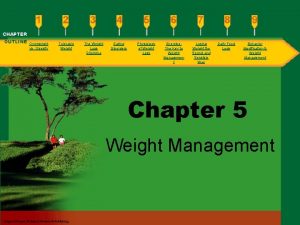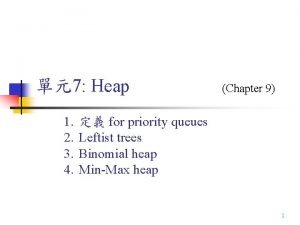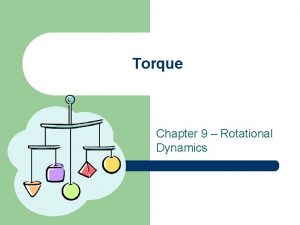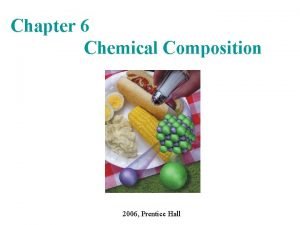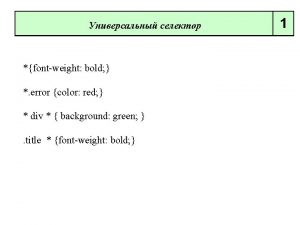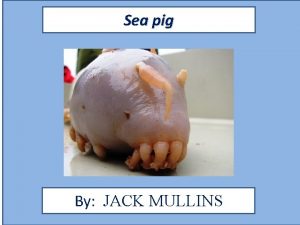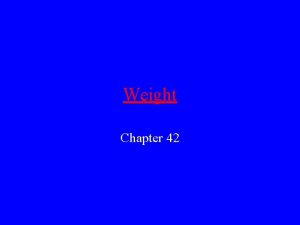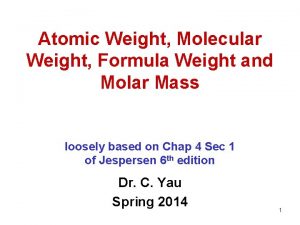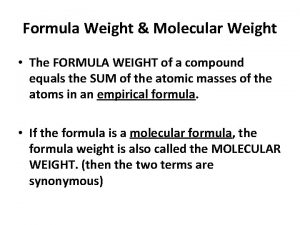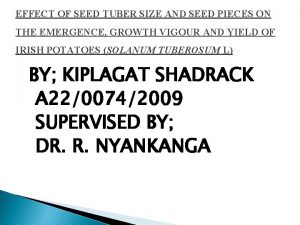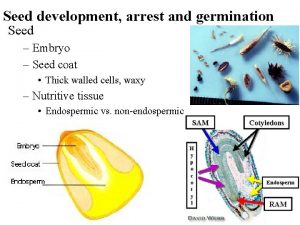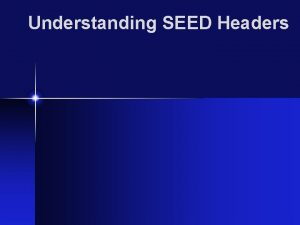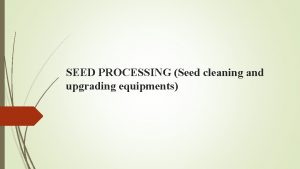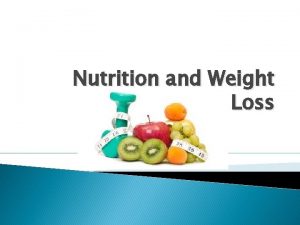Seed size vs Seed weight What is seed
























- Slides: 24

Seed size vs Seed weight










What is seed size? • Seed size is a key determinant of evolutionary fitness, and is also one of the most important components of seed yield. • In angiosperms seed development begins with double fertilization which leads to the formation of a diploid embryo and a triploid sperm. • Seed size is often related to the relative growth speed; smaller seed develop more quickly than larger ones. • But not alwayes it was concluded that small seeded species only sometime possess additional adaptations for rapid growth over and above their general size advantage.


• The size of seed is known to affect the fitness of the plant growing from it; larger seeds are often have the higher fitness • Based on the assumption that most seed size variation will be found among genotypes, reduction in the variance of seed size, due to selection towards seed of similar and larger sizes have been predicted but unfortunately, not observed. • Small seeded plants also tended to have shorter life spans with the rapid turnover linked to more rapid evolution

• Large seed are better able to support themselves intialy, while smaller seeds have a better chance for dispersal over a wide area, helping at least some seedlings survive. • Plants also have evolved different adaptations to their sprouting environment, helping some smaller seeds thrive in drier less nutritous soils, while larger seeds often are able to take advantage of richer soils that hold water better.





• Smaller seeds are quicker to ripen and can be dispersed sooner. so fall blooming plants often have small seeds. • Many annual plants produce graet quantities of smaller seeds this helps to ensure at least a few Will end in a favorable place for growth. • Herbaceous perennial and Woody plants often have larger seeds they can produce seeds over many years and larger seeds have more energy reserve for germination and seedlings, growth and produce larger, more established seedlings after germination.


Seed weight The moisture content of a seed sample is the loss in weight when it is dried It is expressed as a percentage of the weight of original sample. The 1000 kernal weight is a measure of seed size. It is a weight in grams of 1000 seeds Seed size and the 1000 k weight can vary from one crop to another b/w varieties of the same crop and even from year to year or from field to field of the same variety

• In periods of drought and moisture deficiency in the soil, undersize and lightweight seeds develop on plants • Variation in seed weight is common within and among plant species. • Seed traits, including seed weight and germination are critical characters of the life histories of higher plants and their importance to plant fitness is widely appreciated. • Seed weight within plant spp is considered to be a remarkable constant characteristic and selection was predicted to produce one optimal seed weight within maternal plant.

• The largest seed is produce by the Coco de mer or “double coconut palm” Lodoicea maldivica • The entire fruit may weigh up 23 kg (50 pounds) and usually contain single seed.

• Smallest seeds are produced by epiphytic orchids. • They only 85 micrometer long and weigh 0. 81 micro gram
 Bulk reducing meaning
Bulk reducing meaning Tolerable weight is a body weight
Tolerable weight is a body weight Lynx height and weight
Lynx height and weight Const table
Const table Definition of size separation
Definition of size separation Soluzioni capitolo 8 chimica più
Soluzioni capitolo 8 chimica più Min max heap data structure
Min max heap data structure Oral drug calculation
Oral drug calculation Lift drag thrust weight
Lift drag thrust weight Tls weight management
Tls weight management Weight versus mass
Weight versus mass A woman whose weight is 530n is poised
A woman whose weight is 530n is poised Vehicle balance is obtained by
Vehicle balance is obtained by Light weight process
Light weight process Newtons 1 law
Newtons 1 law Weight loss raw materials
Weight loss raw materials Molar mass of naoh
Molar mass of naoh How to calculate ubw percentage
How to calculate ubw percentage Mhsaa wrestling weigh in sheet
Mhsaa wrestling weigh in sheet Weight of improved sej
Weight of improved sej Atomic mass unit
Atomic mass unit Netmegs
Netmegs Div color red
Div color red Sea
Sea Rcp pipe weight chart
Rcp pipe weight chart

